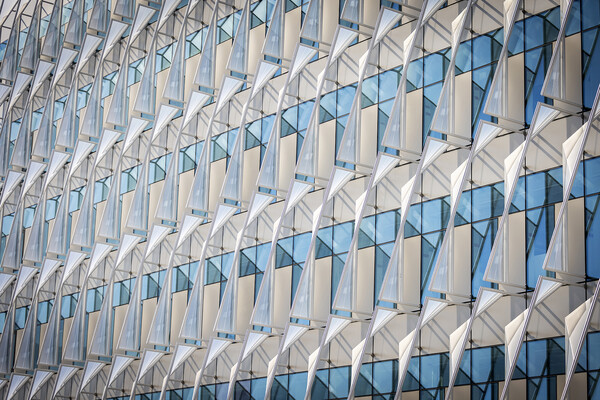
nocred
Driverless cars aren’t just the stuff of science fiction anymore; some manufacturers say autonomous vehicles are less than five years away.
On Dec. 2, Penn’s Institute for Urban Research (Penn IUR) and the Consortium for Technologies for Safe and Efficient Transportation (T-SET) brought together a panel of experts—a pair of city planners, an engineer, and a representative from the U.S. Department of Transportation (DOT)—to discuss the future of these robotics and their effect on cities.
“Auto manufacturers are charging full-speed ahead,” says Megan Ryerson, one of the speakers, an assistant professor in the Department of City and Regional Planning at PennDesign and in the Department of Electrical and Systems Engineering at the School of Engineering and Applied Science. “There are huge leaps happening in robotics and automation.”
Some sort of automation is almost expected in today’s cars, she adds. One example is a mechanism for self–parallel parking or cruise control that changes in response to its surrounding environments.
Robotics of this type are also part of the DOT’s look at current and future transportation trends, outlined in a new report called “Beyond Traffic.”
“The DOT is asking several questions,” says Eugenie Birch, co-director of Penn IUR and PennDesign’s Lawrence C. Nussdorf Professor of Urban Education & Research. “Which trends are going to affect transportation, how will we match these trends, how can we move people better, and what scenarios do we need to think about?”
At the event, DOT Senior Policy Adviser Vinn White detailed some attention-grabbing statistics, such as the fact that 54 million tons of freight crosses the country each day—a number set to increase by 45 percent by 2045, when the U.S. population is expected to comprise 70 million more people.
White also noted that transportation causes 28 percent of total greenhouse gas emissions (the second biggest emitter), and safety is a huge concern, too.
“On an average day in America, 90 people die in motor vehicle crashes and more than 6,000 are injured,” according to the DOT report.
In her introduction, Birch called automation in the urban landscape one of the most important topics of the 21st century—but city planners haven’t yet figured out how to prepare for these innovations, says Erick Guerra, assistant professor in PennDesign’s Department of City and Regional Planning.
“Almost no one is addressing this,” Guerra said during the panel. “We have some big technological changes that are probably going to have large transportation impacts … but we’re not really incorporating them into our planning yet.”
Some of the technologies are close to being market-ready, including several presented by Daniel Lee, director of Penn’s General Robotics Automation, Sensing, Perception Lab and UPS Foundation Chair Professor at Penn Engineering. Even so, according to Guerra, the barriers to entry right now are too high.
“This is going to take a while to penetrate the market,” he says.
Penn IUR and T-SET will continue to investigate these issues in the context of smart cities and technological advancements. This event was made possible with support from the Office of the Provost and celebrates the Year of Discovery at Penn.
Michele W. Berger

nocred

Image: Pencho Chukov via Getty Images

The sun shades on the Vagelos Institute for Energy Science and Technology.
nocred

Image: Courtesy of Penn Engineering Today